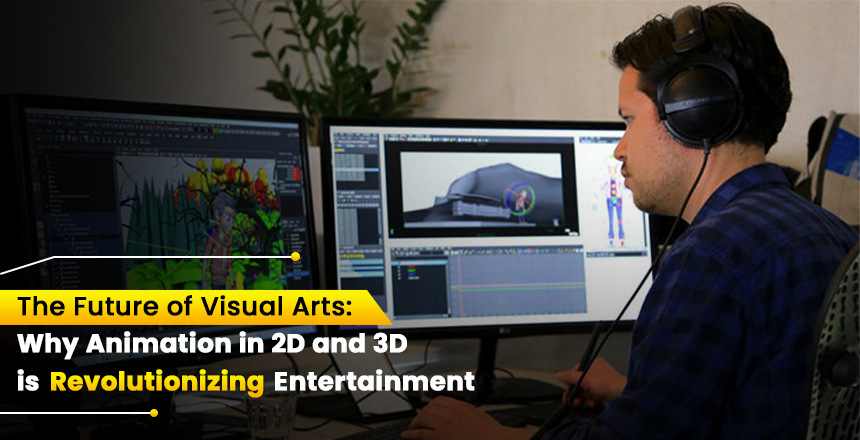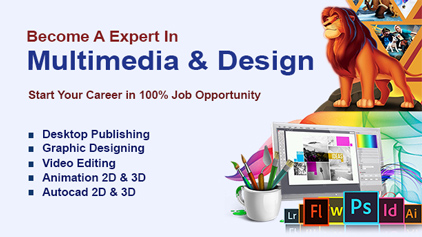The art of animation has come a long way from the days of simple children's cartoon drawings and stop-motion videos. Right now, animation is one of the most important and valuable art forms that captivates people of all eras around the planet. Technological advancements have significantly boosted both the 2D and 3D animated features as artists have fostered almost lifelike appealing scenes as well as near-human-like animates. This is particularly because as the technology around the animation improves, it is changing the world of entertainment and the visual arts.
For decades, governments the world over had largely subsisted on the income generated from the sale of crude oil and other natural resources, but the dawn of computer animation signaled a new way of thinking.
In fact, 2D animations have been around for more than a hundred years, but with computer animations, the possibilities are just unthinkable. Significant change in animation began in the 70s and 80s, markedly after Toy Story, which came about due to the enhanced possibilities that computers invented for character creation and design, dynamics, motion, and virtual camera use. The advancement in technology and design in animating software and rendering in recent decades has been enormous, making the action in the modern animated feature as realistic and almost lifelike as it is now after three entire decades.
The use of computers to create animation has several benefits as opposed to the old-fashioned 2D-drawing methods. The feature allows animators to change characters and scenes without the requirement to redo complete renderings. The added use of 3D, VFX, and physics engines allows for computer animations to replicate realistic luminosity, textures, shadows, and reflectiveness—for some of the most realistic virtual environments and characters one could imagine.
The Impact of 3D Animation
It was 2D animations that set the field’s first foundation; however, with the advent of superior 3D tools and computer-generated animation studios such as Pixar, DreamWorks, and Blue Sky Studios, the field quickly advanced to even higher levels of mainstream public acceptance. All through the new millennium, viewers appreciated the fearless and enthusiastic animation of 3D, showcased in films like Shrek, Finding Nemo, and The Incredibles.
However, the 3D technology also opened Anima to explore other than family-oriented features. Thanks to motion capture and realistic erendering, 3D animation is gradually infiltrating an increasing number of live-action films. From Fantastic Beasts to Avengers: As reported, VFX and CGI today are crucial by guiding judgments and are now a fundamental component of almost every important movie or TV show to produce extraordinary visuals, environments, characters, and competitions.
The book by Bowman and Rothschild is titled The Future of VR & Interactive Media
When virtual reality technology reaches its prime, it is expected to break the limitations of digital animation even wider. Interactive gaming and animated content is relatively new to VR, but large studios are already looking for means to engage the audience in fully immersive animated environments—3D environments that users can dive into. Animated VR films like Pearl and Crow: The Legend are being at the forefront in creating this new frontier of animated motion pictures with game engines and interactive tools.
And VR is already on the list of directions that experts believe animation will impact the entertainment industry for the next decades. The Internet and mobile devices primarily have also over time shifted the way audiences perceive animation through application usage, video games, podcasts, and interactive comics, among others. Animation will probably play a great role in defining the transmedia narrative since fans will be able to interact with characters and settings directly through different types of media.
The Sky's the Limit
From cute children characters such as Disney and fun-loving Pixar characters to Marvel heroic characters, animation has never been more popular in modern society. Bubblegum shows like Rick and Morty or trendy anime like Demon Slayer have far different audiences. Animated films are still setting records for box office, and it’s Disney that released Frozen 2, which grossed $1.4 billion worldwide.
Advancements with tools and technology suggest that there is no ceiling to what visual artists can do with the concept of animation in relation to narration. Large movie franchises are gradually including more stylized animation. Contemporary animated experiments are being appreciated with the most valuable awards. And experimental animators continue to chart new grounds in every facet of games, applications, and the world wide web. The perspectives of animation are endless, giving bright and creative.concatenate worlds to big and small screens.
Hence, whether you are a long-standing admirer of the handwriting work of cartoons or a convert from new high-tech photoshooting fabulous spectacles, it is, beyond a doubt, interesting to follow animation. There are countless new developments on the way for this medium, and as such, the art form will necessarily continue to evolve further as a significant facet of art and entertainment well into the distant future. Kim et al. stated that the opportunities are not constrained by the capability of talented creative souls who are envisioning animation’s trajectory.










